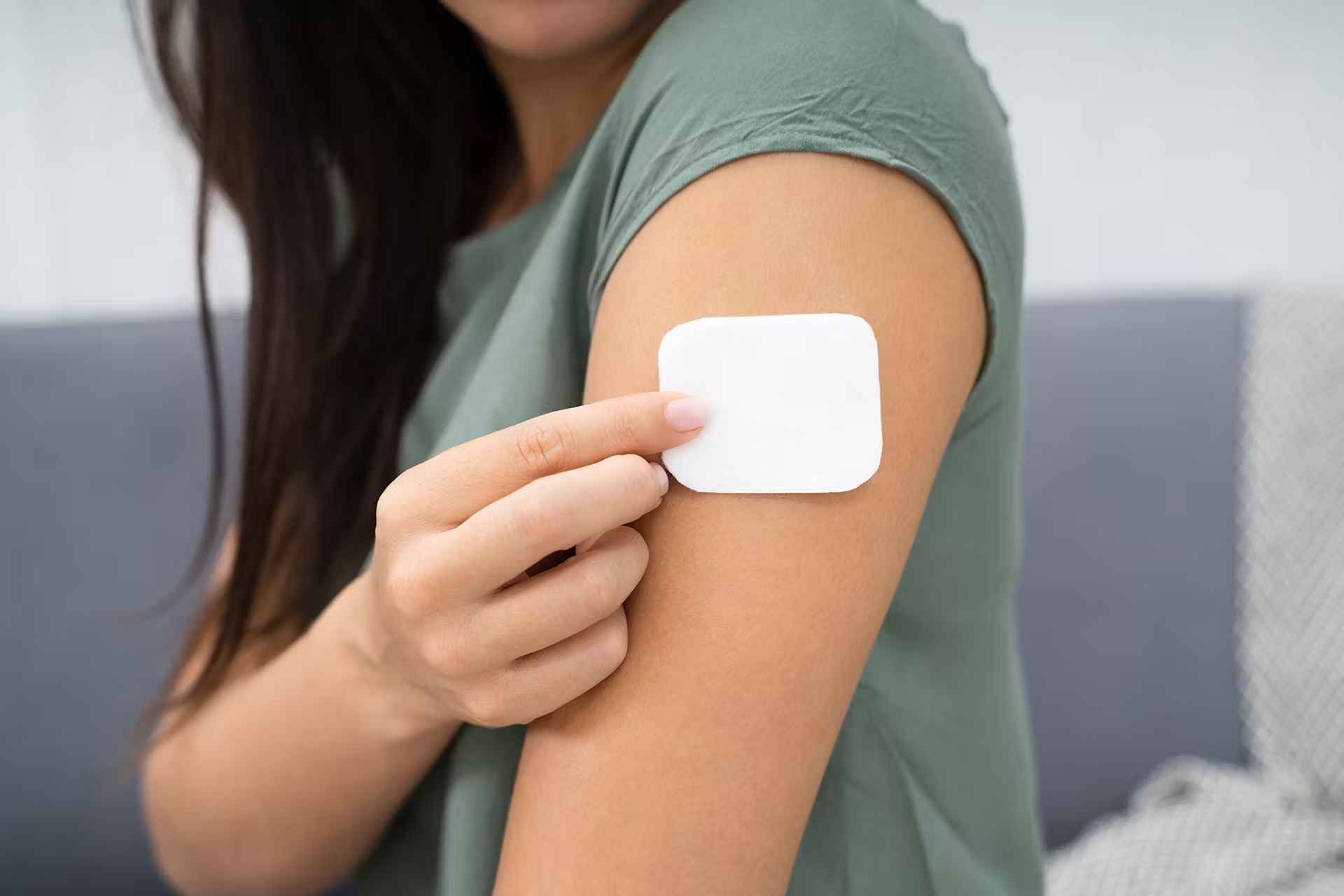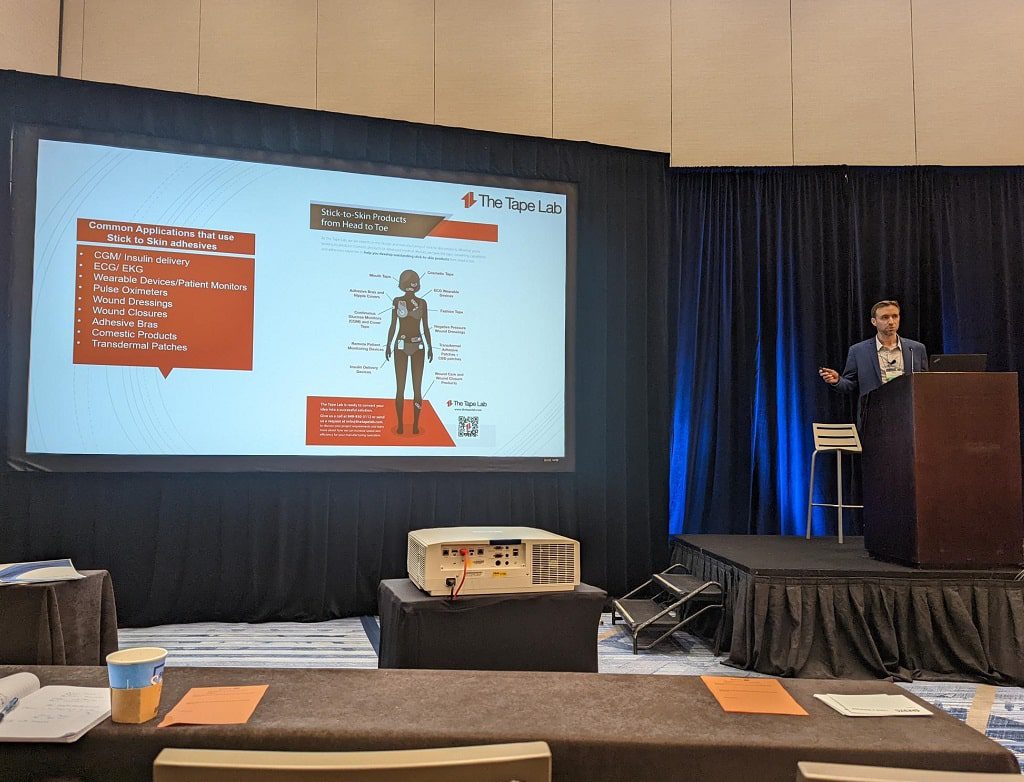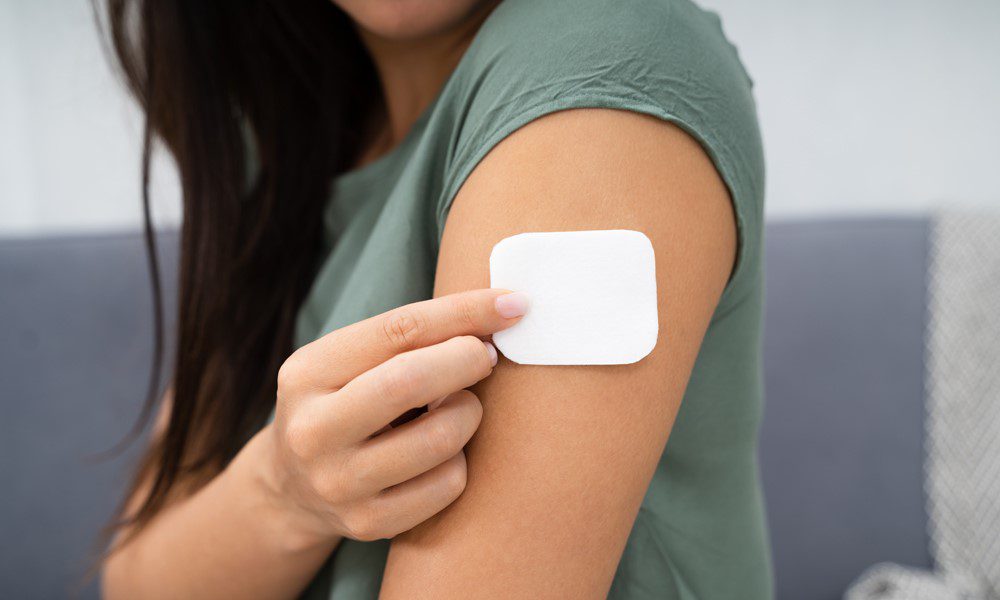A transdermal CBD patch is a recent but powerful therapeutic delivery system making enormous strides in the healthcare system. Their convenience, consistent dosing, and non-invasive nature have expanded treatment options for patients seeking natural alternatives for managing chronic conditions. To better understand this recent innovation, let’s quickly define CBD and then uncover the several benefits of CBD transdermal patch solutions.
What is CBD?
CBD (cannabidiol) is a non-psychoactive compound found in cannabis plants that has gained popularity for its potential health benefits.
Health Applications of CBD
CBD offers several potential benefits for health, as research and anecdotal evidence suggest a variety of therapeutic effects. Here are some of the most commonly cited health benefits of CBD:
Pain Relief
Chronic Pain: CBD has been shown to reduce chronic pain by influencing endocannabinoid receptor activity, reducing inflammation, and interacting with neurotransmitters.
Arthritis and Joint Pain: Studies have suggested that CBD can reduce arthritis-related pain and inflammation.
Neuropathic Pain: CBD may help manage pain resulting from nerve damage.
Anxiety and Depression
Anxiolytic Effects: CBD has been found to reduce anxiety in both animal and human studies. It may help with conditions like generalized anxiety disorder, social anxiety disorder, and PTSD.
Antidepressant Effects: CBD shows promise as an antidepressant by interacting with serotonin receptors in the brain.
Sleep Disorders
Improved Sleep Quality: CBD may help improve sleep by reducing anxiety and pain, and by its potential sedative effects.
Insomnia: Some studies suggest that CBD may help individuals with insomnia by increasing total sleep time and reducing insomnia symptoms.
Epilepsy and Seizure Disorders
FDA-Approved Treatment: Epidiolex, a CBD-based medication, is approved by the FDA for treating certain types of epilepsy, including Dravet syndrome and Lennox-Gastaut syndrome.
Seizure Reduction: Research shows that CBD can significantly reduce the frequency and severity of seizures in some patients.
Neuroprotective Properties
Neurodegenerative Diseases: CBD’s antioxidant and anti-inflammatory properties may help protect against neurodegenerative diseases such as Alzheimer’s, Parkinson’s, and multiple sclerosis.
Stroke and Brain Injuries: Some studies suggest that CBD may reduce brain damage and improve recovery after a stroke or traumatic brain injury.
Anti-Inflammatory and Immune System Support
Inflammation Reduction: CBD’s anti-inflammatory properties may benefit conditions like inflammatory bowel disease (IBD) and autoimmune diseases.
Immune Regulation: CBD might help modulate immune responses, which could be beneficial for autoimmune conditions.
Skin Health
Acne Treatment: CBD’s anti-inflammatory properties and its ability to regulate sebum production make it a potential treatment for acne.
Psoriasis and Eczema: CBD may help reduce inflammation and itching associated with skin conditions like psoriasis and eczema.
Substance Abuse Treatment
Addiction Management: Some studies suggest that CBD may help reduce cravings and withdrawal symptoms in individuals with substance use disorders, including opioid, cocaine, and tobacco addiction.
Cardiovascular Health
Blood Pressure: CBD may help lower high blood pressure, reducing the risk of heart disease.
Heart Health: Its anti-inflammatory and antioxidant properties may contribute to overall cardiovascular health.
Additional Benefits
Digestive Health: CBD may help manage symptoms of gastrointestinal disorders like IBS.
Cancer-Related Symptoms: Some studies suggest that CBD can help alleviate symptoms related to cancer and cancer treatments, such as nausea, vomiting, and pain.
What is a CBD Transdermal Patch?
Transdermal patches have revolutionized the healthcare space by offering a novel and effective method for delivering CBD, providing targeted and sustained relief for pain, inflammation, and other conditions without the need for frequent dosing or invasive procedures. A transdermal CBD patch is a medicated adhesive patch designed to deliver cannabidiol (CBD) through the skin and into the bloodstream. These patches provide a steady release of CBD over an extended period, allowing for consistent and controlled dosing. CBD patches offer a localized and sustained delivery of CBD directly to the site of pain, providing targeted relief without the need for frequent dosing. By bypassing the digestive system and liver, it ensures higher bioavailability and consistent therapeutic levels of CBD in the bloodstream, minimizing fluctuations that may occur with oral administration. The non-invasive nature of patches makes them convenient and comfortable to use, especially for individuals with mobility issues or who are averse to oral medications. In general, transdermal patches can also offer long-lasting relief, making them suitable for chronic pain conditions.
Here are the key features and benefits of CBD transdermal patches:
Features of CBD Transdermal Patches
- Adhesive Backing:
- The patch adheres to the skin, ensuring it stays in place for the duration of the treatment.
- CBD Infusion:
- The patch contains a specific dose of CBD, which is infused into the adhesive or a reservoir within the patch.
- Controlled Release Mechanism:
- The patch is designed to release CBD slowly over time, providing a consistent therapeutic effect.
- Permeation Enhancers:
- Some patches include substances that help increase the permeability of the skin, enhancing CBD absorption.
Benefits of Transdermal CBD Patch Delivery
- Consistent Dosing:
- Provides a steady and controlled release of CBD, avoiding the peaks and troughs associated with other delivery methods like oral ingestion.
- Convenience:
- Patches are easy to apply and require minimal maintenance. They can be worn discreetly under clothing.
- Avoids First-Pass Metabolism:
- CBD delivered through the skin bypasses the digestive system and liver, which can degrade or alter the compound, thus enhancing its bioavailability.
- Non-Invasive:
- Patches offer a pain-free alternative to injections and do not require swallowing pills.
- Long-Lasting Effects:
- Transdermal patches can provide therapeutic effects for an extended period, often ranging from 12 to 24 hours or more, depending on the formulation.
- Targeted Delivery:
- When applied near an area of localized pain or inflammation, patches can deliver CBD more directly to the affected area.
Have Quality CBD Transdermal Patches Produced for Your Business
At The Tape Lab, we’re not just creating medical stick-to-skin adhesives; we’re crafting partnerships to bring your custom products to life. We design, manufacture, and transform adhesives, including CBD transdermal patches, into personalized solutions.
Already have an idea of what you need? Want to pick the brain of an expert? Contact The Tape Lab and let’s combine your vision with our knowledge and industry-leading capabilities to create a custom adhesive solution.


